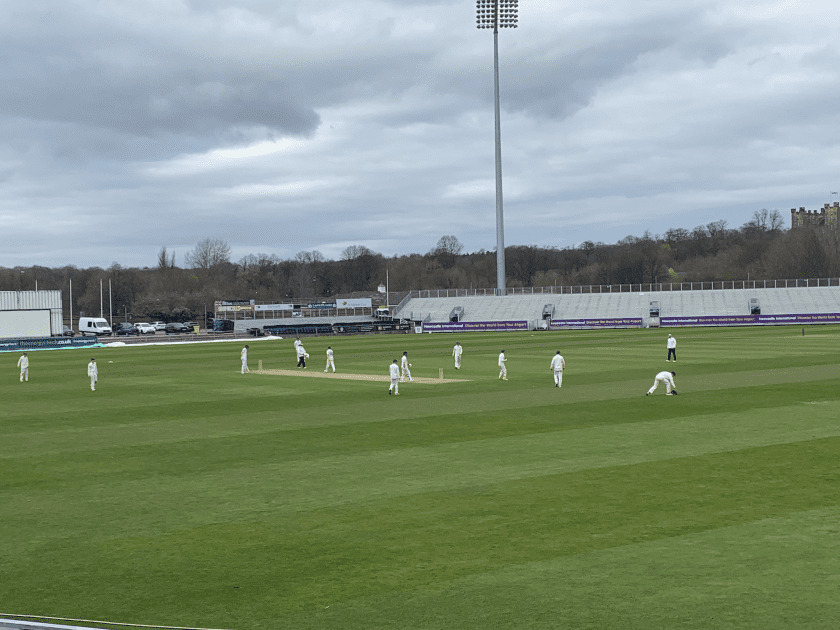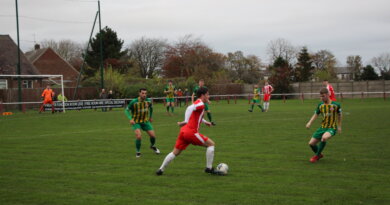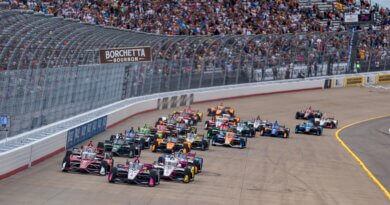LGBTQ and Cricket: The fight for equality
Tom Simmonds investigates how society and international cultures have impacted cricket’s drive for equality at all levels of the game, and why Joe Root standing up to Shannon Gabriel was so important.
On day three of the St Lucia Test in 2019, there was a crucial moment for the world of cricket. Yet it wasn’t a scintillating century or an explosive spell of bowling, it was an exchange of words between the West Indies’ Shannon Gabriel and England’s Joe Root.
“Do you like boys?” said Gabriel, “don’t use it as an insult, there’s nothing wrong with being gay” was the response from Root.
A short exchange that barely even lasted 30 seconds, yet thanks to stump mics it was picked up by officials and those in charge of the broadcast, Gabriel was banned and Joe Root won deserved praise from those who aren’t even involved in the sport.
While it was remembered as a bright moment for the search for LGBTQ equality in cricket, it showed the problem the sport is facing. Cricket, like so many sports, has a casual relationship with using homophobic language. Something that was reinforced nearly a year later as Marcus Stoinis was slapped with a $7,500 (£3,900) fine in January for using homophobic language towards Kane Richardson in the Big Bash League.
This casual nature may be due to the fact there are very few openly gay cricketers playing professional cricket, there has been just three players who have played in England. George Cecil Ives was the first when he represented the MCC in 1902, he was followed by Somerset’s Alan Hansford in the early nineties whilst Steven Davies is the only openly gay male cricketer to have represented England with eight ODI and five T20I appearances to his name.

Writer and gay club cricketer, Lachlan Smith believes that this lack of role models is a vicious circle: “There will remain a lag for some years to come for more people to feel comfortable about coming out across all sports, partly because of a lack of role models who are only just starting to emerge.”
For international cricketers, it may be even further complicated by the current set of laws in place around the world. Homosexuality is currently illegal in five of the current test playing nations although these laws are unenforced in Sri Lanka.
This hostility will be preventing more openness according to Smith: “If you get to the professional level of any sport, chances are you’re trying to make a living out of it and people are going to want to protect that living. So travelling to Pakistan or Bangladesh or places like that as a cricketer would become problematic”
While this may be the case in elite cricket, it would surely mean grassroots cricket is a much safer environment for LGBTQ cricketers, yet according to a player I spoke to who wanted to remain anonymous, this isn’t always the case:
“There has been moments when teams who know I’m gay try and wind me up with sly comments, that’s the stuff that gets to me.
“There’s other stuff to that I don’t see as malicious but is still discriminatory, by that I mean just throw away comments, people who have no clue I’m LGBTQ and refer to things as “bent” or “gay” or use homophobic slurs as part of like laddish banter. I don’t pay to much attention to it, but it’s that kind of behaviour that prevents cricket and other sports from being 100% inclusive to everyone.”
This is where Graces Cricket Club fits in. Founded in 1996 with the aim of providing an opportunity for people to watch and play cricket irrespective of gender or sexual orientation, becoming a safe haven for those who want to play cricket in a safe environment.

“The great thing about being part of Graces is that you are surrounded by supportive allies, whether they are LGBTQ or not (not all of our players are), so any abuse from outside serves to bond and unite us. I think those who have it worst are the members of the LGBTQ community who play cricket for other clubs around the world, where casual and even overt homophobia are a normal part of the pavilion discourse” said Chris Sherwood, Graces publicity and media officer.
While the sport has looked to improve by backing Stonewall’s Rainbow laces and stumps campaigns, the replies on social media to many of these campaigns focus on why does it even matter, who cares if a player is openly LGBTQ or not?
It’s a common response and one Lachlan Smith is sick of hearing: “I find it exhausting hearing that argument. People don’t see what’s in front of them, on Instagram I follow a lot of Australian cricketers on there and they’ve got pictures of themselves with their wives or girlfriends and people just accept that that’s the way it is, nobody questions that and starting to say things like those examples just forces people into the closet.”
There is hope going forward though. The ECB’s support for the rainbow laces campaign shows an appetite for change, while Joe Root’s response shows that player’s aren’t willing to tolerate homophobia and it’s this kind off allyship that will make the real difference according to Smith:
“Any kind of representation or allyship makes such a difference. I mean even for me now in my forties seeing that makes such a personal difference for me never mind someone 13,14, 15 who’s starting to come to terms with their sexuality. I think A) it shows an acceptance but B) it also shows the senior players like Joe Root are prepared to challenge that and you need allies to challenge that kind of behaviour.”
Cricket has a long way to go to reach equality, but at the very least it is on the right path.




